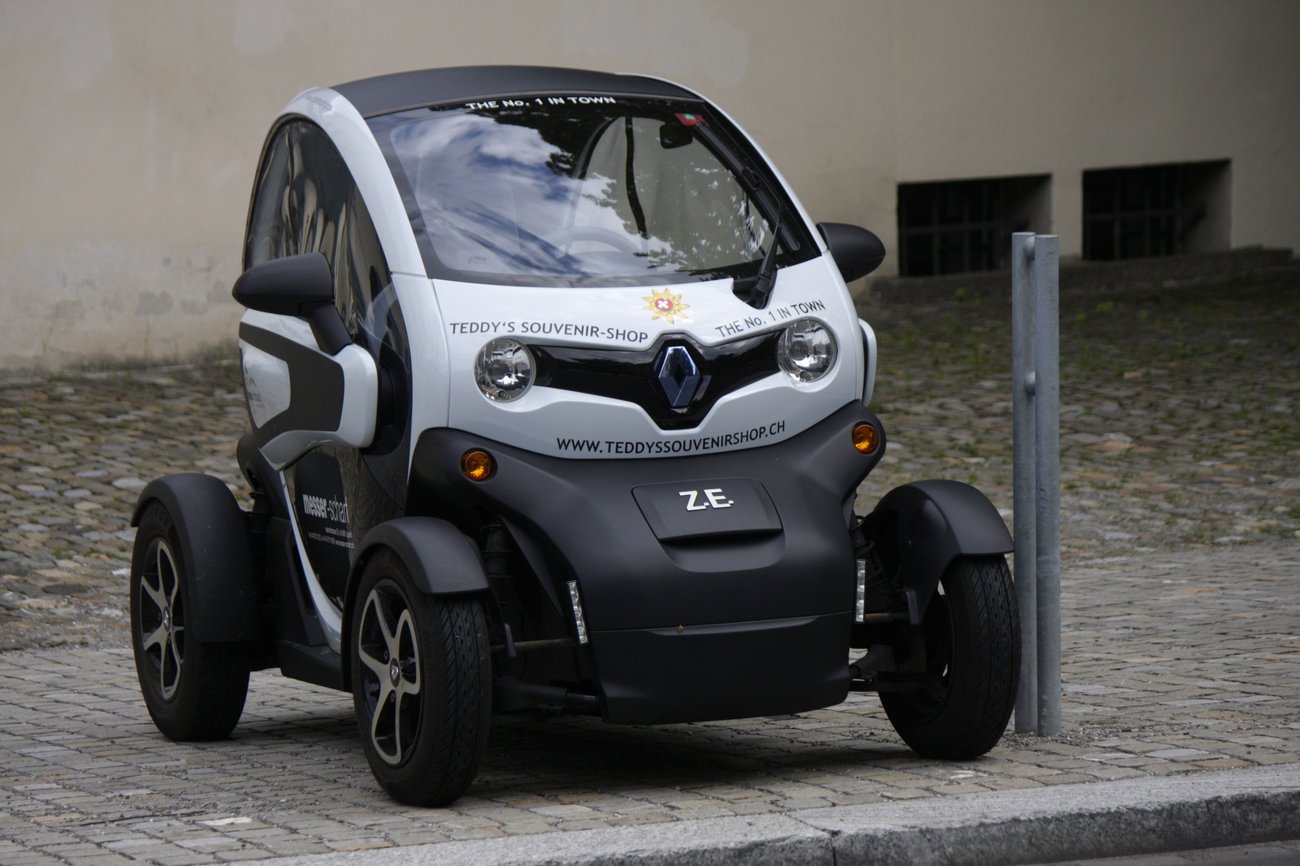Disruptive technologies will transform how people commute but are we ready to manage the risks that come with the change?

In about 15 years, how we move on the roads will be completely disrupted. Yet we continue to build roads assuming it will be business as usual, according to the New Zealand Institute of Economic Research’s researcher Nick Allison.
Allison notes the history of New Zealand’s transport policy has been non proactive. “A period of under-investment in land transport has led to the congestion problems in Auckland. Today we continue to build roads assuming a business-as-usual future,” he says in his paper (Disruption on the road ahead! How auto technology will change much more than just our commute to work) just released.
High subsidies for public commute
Some of the impact of how roading policies haven’t had its intended impact is already felt by consumers. “The taxpayer subsidy for a return trip on rail, for example, is from $15-$50 per head depending on the destination,” Allison notes.
Auckland has had success in growing public transport patronage, but this comes at the cost of large subsidy increases. Car trips have grown, rather than drop. “The patronage gains have come from a fall in trips made by car passengers, rather than by drivers (Richard Paling Consulting, 2014). Actual car trips have increased by around 23% since 2001,” according to Allison.
Some of the issues policy makers have yet to come to grips include a future that will see driverless cars on the road despite the dramatic economic impact technology shifts will lead to.
Savings from driverless technology adoption
In the US, adoption of driverless car technologies is estimated to lead to savings of about US$1.3 trillion (NZ$1.64 trillion) annually or 7% of the US GDP of 2013, according to investment bank Morgan Stanley’s forecast. The big savings will come from fuel (USD$158 billion), reductions in accident costs (USD$488b), increased productivity (USD$507b) and from congestion savings (USD$149b).
New Zealand is likely to benefit from savings of about $10.5b, based on widespread market upstage of electric vehicles.
Other disruptive technologies already at work are:
- The Uber ride app which has cut the author’s typical journey cost from Auckland airport to the city by around 10%, and has cut the price of shorter trips within Auckland by 30%-40%. This is achieved by the Uber app lowering overhead costs and improving coordination between passengers and drivers and thereby reducing driver downtime.
- Cruise control and car-to-car communications will put more cars on the same space of road, reducing congestion. This could enable road capacity to increase by between 43% and 250% without additional investment in tarmac.
- Apps such as Carma carpooling, connecting neighbourhood passengers and drivers through smart phones. It uses a default fixed rate per km, tracking trip distance and then automating payment at trip.
- The potential loss of road funding income should plug in hybrid electric vehicles become widely use. If 3% of light passenger vehicle fleet turned to electric mode, the estimated fuel excise revenue loss will be about $30m per year. A recent recent forecast estimates that hybrid-type vehicles will comprise between 75-84% of the country’s fleet by 2050.
Managing risks
The government also needs to assume the role of managing the transitional risks of technological adoption on the road, Allison says.
“Diverse mixes of car technologies in a fleet will pose risks. Imagine borrowing your friend’s manual car and forgetting for a moment you no longer have autonomous braking operating.
“There will also be legal and regulatory issues to work through. For example, who is at fault when the software fails?
“In sum, given the opportunities, risks and challenges associated with the new vehicle technologies, it is important to widen the public policy discussion away from its narrow focus on road and public transport investment priorities.”
The Ministry of Transport is beginning to implement a significant work programme exploring the implications of the new technologies (Ministry of Transport, 2014).
This work needs to be extended to include city councils, the Treasury, Ministry for the Environment, and the Accident Compensation Corporation.
Allison has identified several areas where government should be proactive including:
- Ensuring urban and transport planning reflects the likely risks, opportunities and transition issues these new technologies bring to the reshaping of cities and transport networks.
- Revising the road sector’s approach to cost benefit analysis to take on board the potential impact of the new technology on required road capacity and on road design recognising the emerging competition for public transport passengers, and considering how public transport can be made more attractive to customers.
- Ensuring the Accident Compensation Corporation component of vehicle registration fees is continuously updated to reflect the risks of different vehicles so new car buyers receive appropriate price signals.
- Assessing whether nudge-type policies, which encourage people to scrap old cars and buy cars with crash avoidance technologies on board, have better life-saving returns than current infrastructure safety investments.




